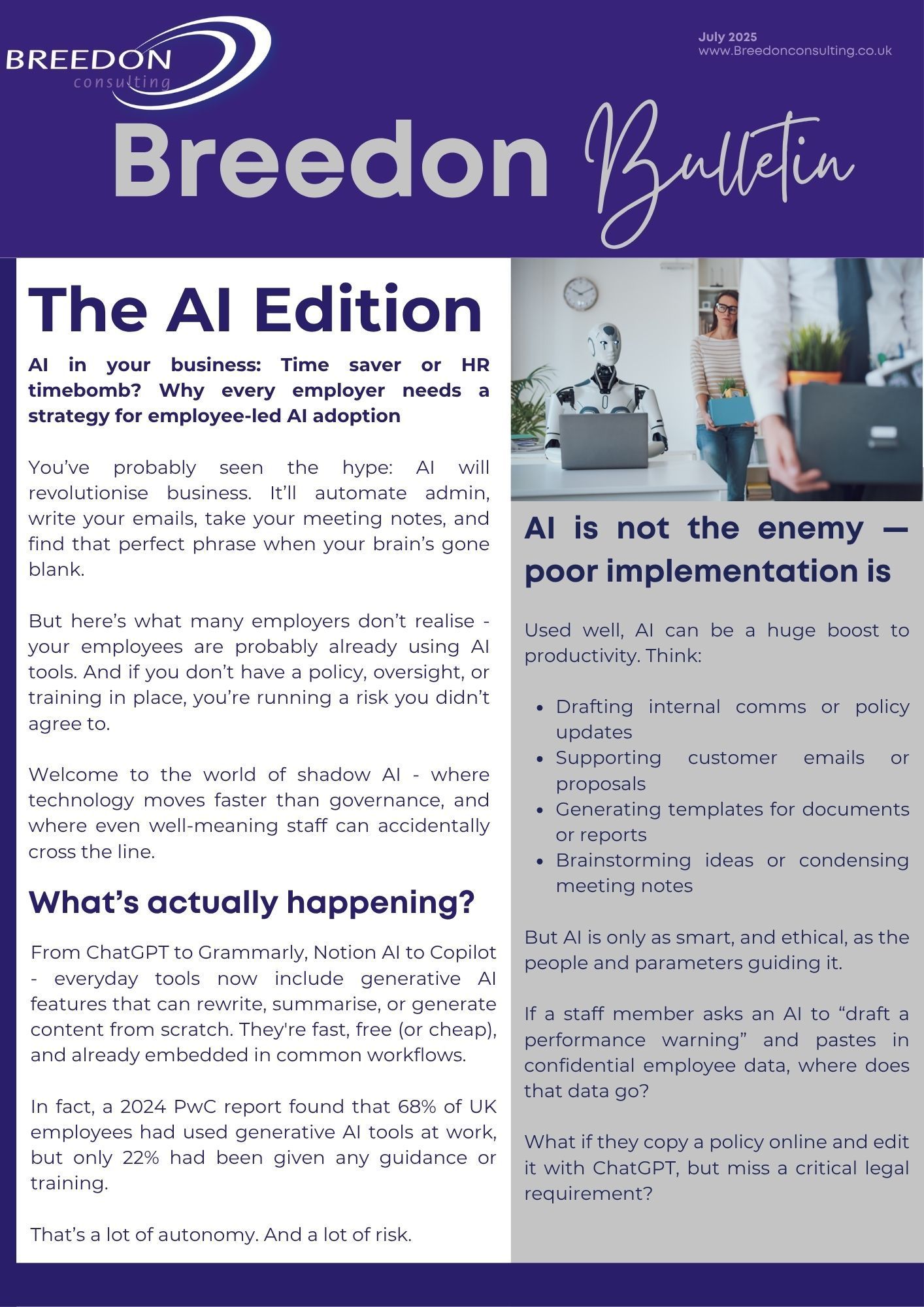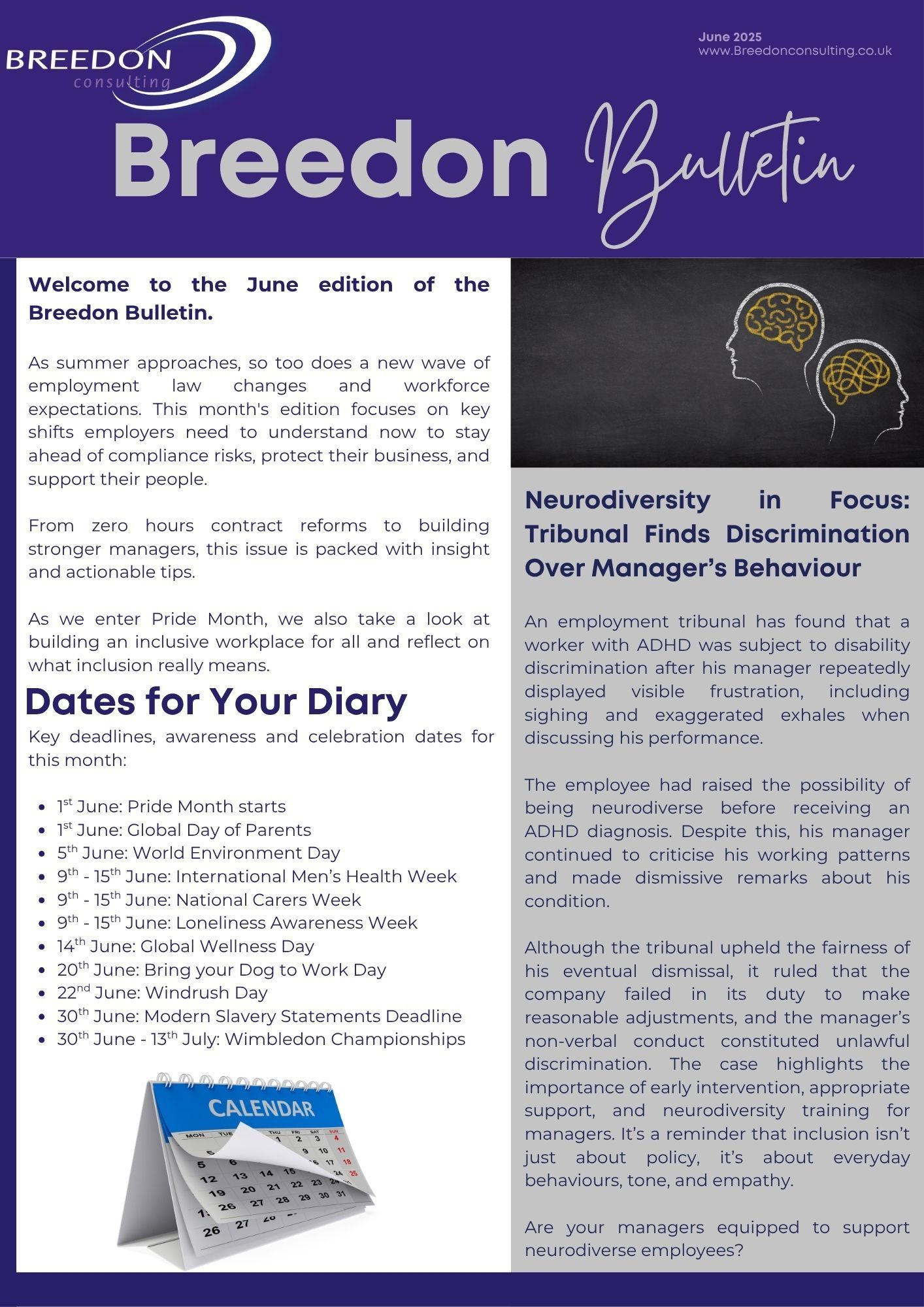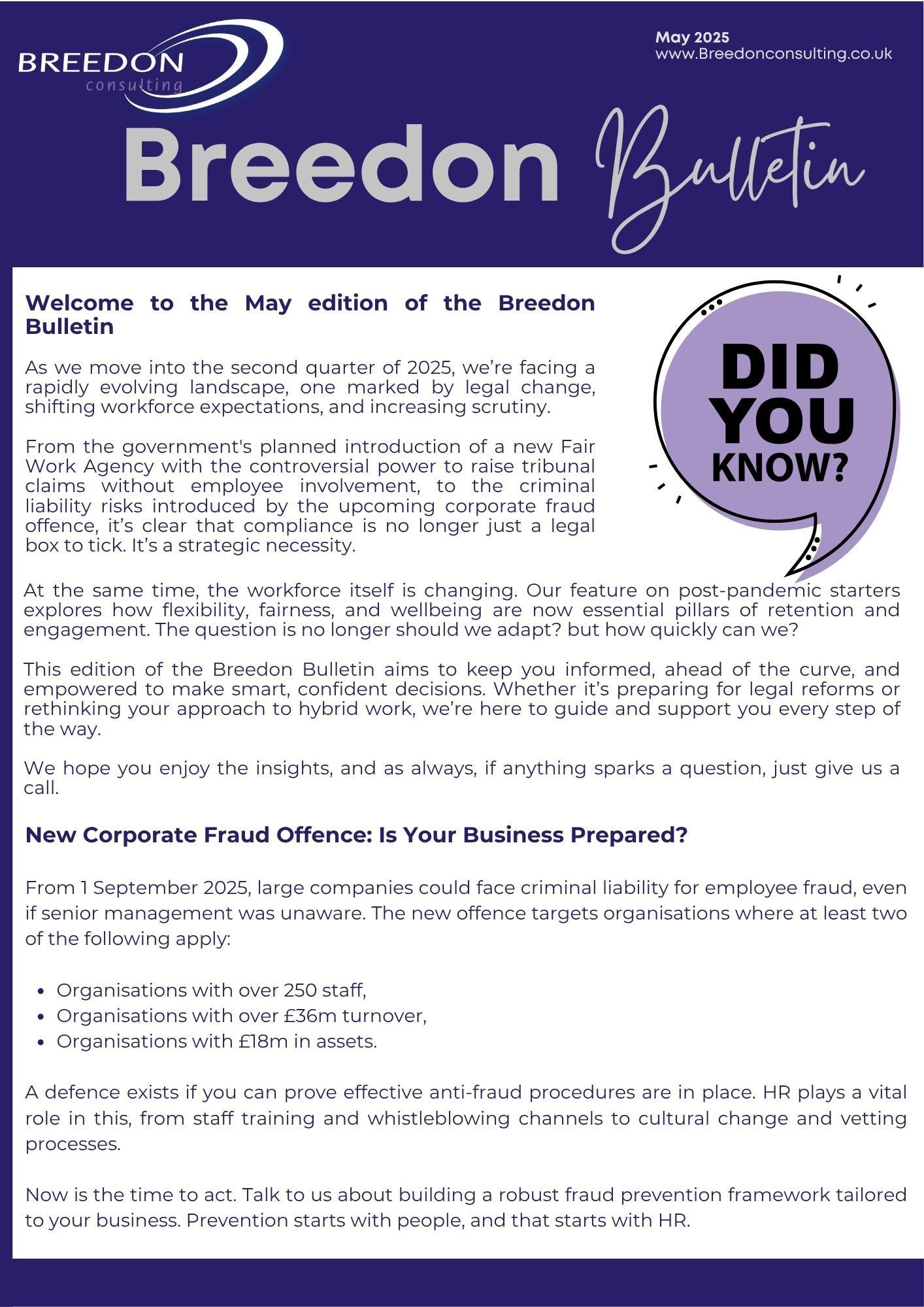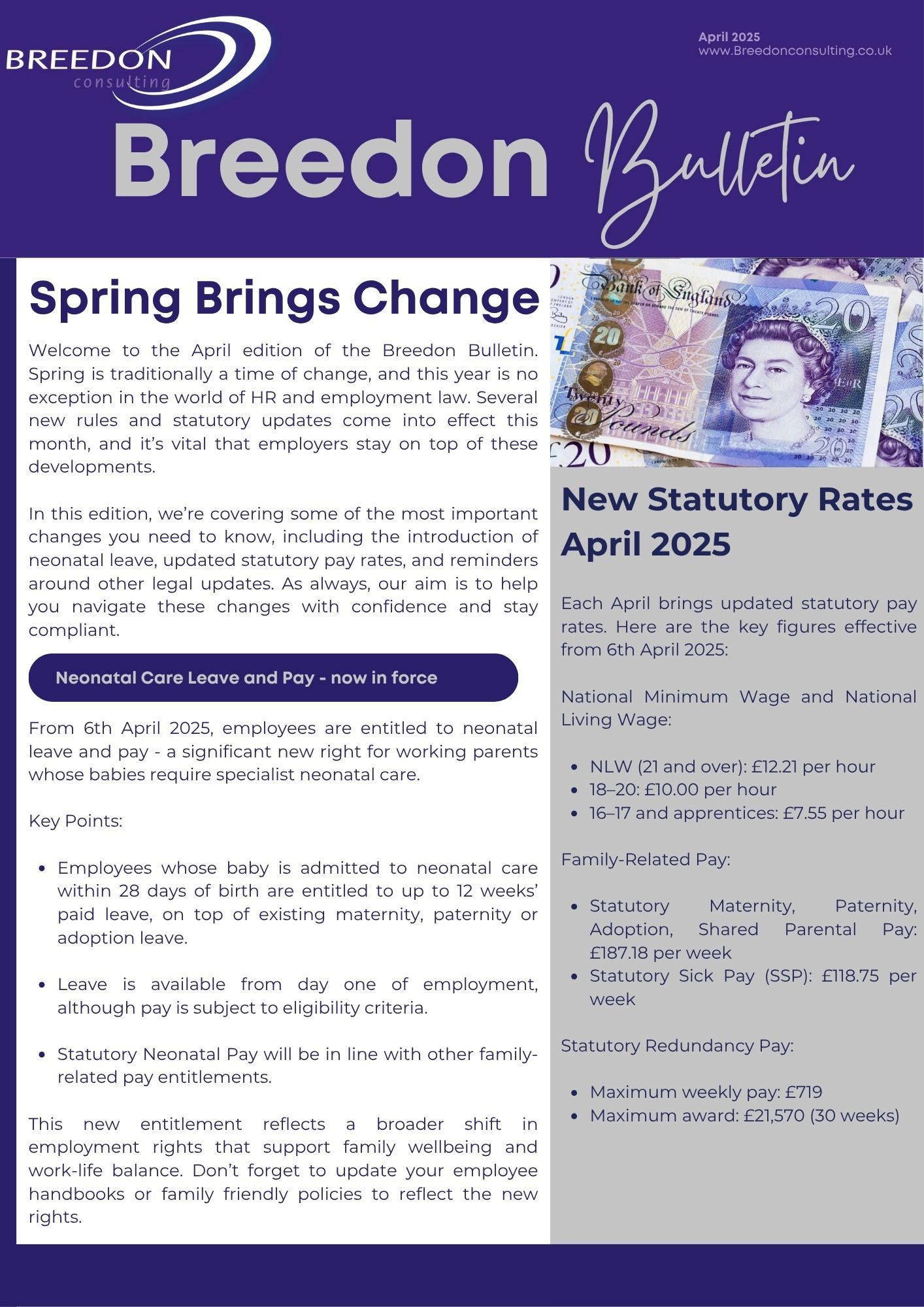4 key advantages of a brilliant company handbook

When it comes to workplace resources, your company handbook is the cornerstone.
From vital business information, progressive policies and your company values, a well-crafted handbook provides guidance and clarity and fosters a cohesive and supportive environment.
It facilitates crystal-clear communication, enhances the employee experience and streamlines the onboarding and training processes. It can also attract and retain top talent.
While not legally required on their own, a well-structured handbook can safeguard you against legal risks and prevent any confusion or uncertainty among employees when it comes to following your policies and procedures.
The benefits of a well-structured handbook are numerous! Here’s four key advantages that could positively impact your business:
Enhance Your Talent Strategy
Not only does it give new employees a warm and professional welcome, but your handbook also serves as a valuable reference guide for all employees, providing clarity on company values, policies and support resources. This boosts engagement and reinforces their connection to the business.
Protect Yourself Legally
It can act as a shield against potential legal action. By clearly outlining your expectations and standards of behaviour, you demonstrate a commitment to treating people fairly and also avoid any confusion or misunderstandings.
Showcase Progressiveness
Incorporating policies into your handbook that exceed the statutory minimum, such as enhanced family leave, or less traditional policies on areas such as menopause or gender identity, shines a light on your commitment to diversity and inclusivity. It positions you as an innovative and forward-thinking business.
Empower Leadership
It can act as a manual for your managers, boosting their confidence and equipping them with the knowledge to make fair and informed decisions, and consistently apply policies across their teams.
Creating a company handbook is a dynamic process, requiring regular review to keep it fresh and aligned with your evolving business. Generic templates might save you time, but partnering with an HR Consultant to create a personalised handbook ensures legal compliance and reflects your commitment to progressiveness and inclusivity.
If you need help updating one or any general advice, get in touch!
#CompanyHandbook #Engagement #HRConsultant #HRPartner

